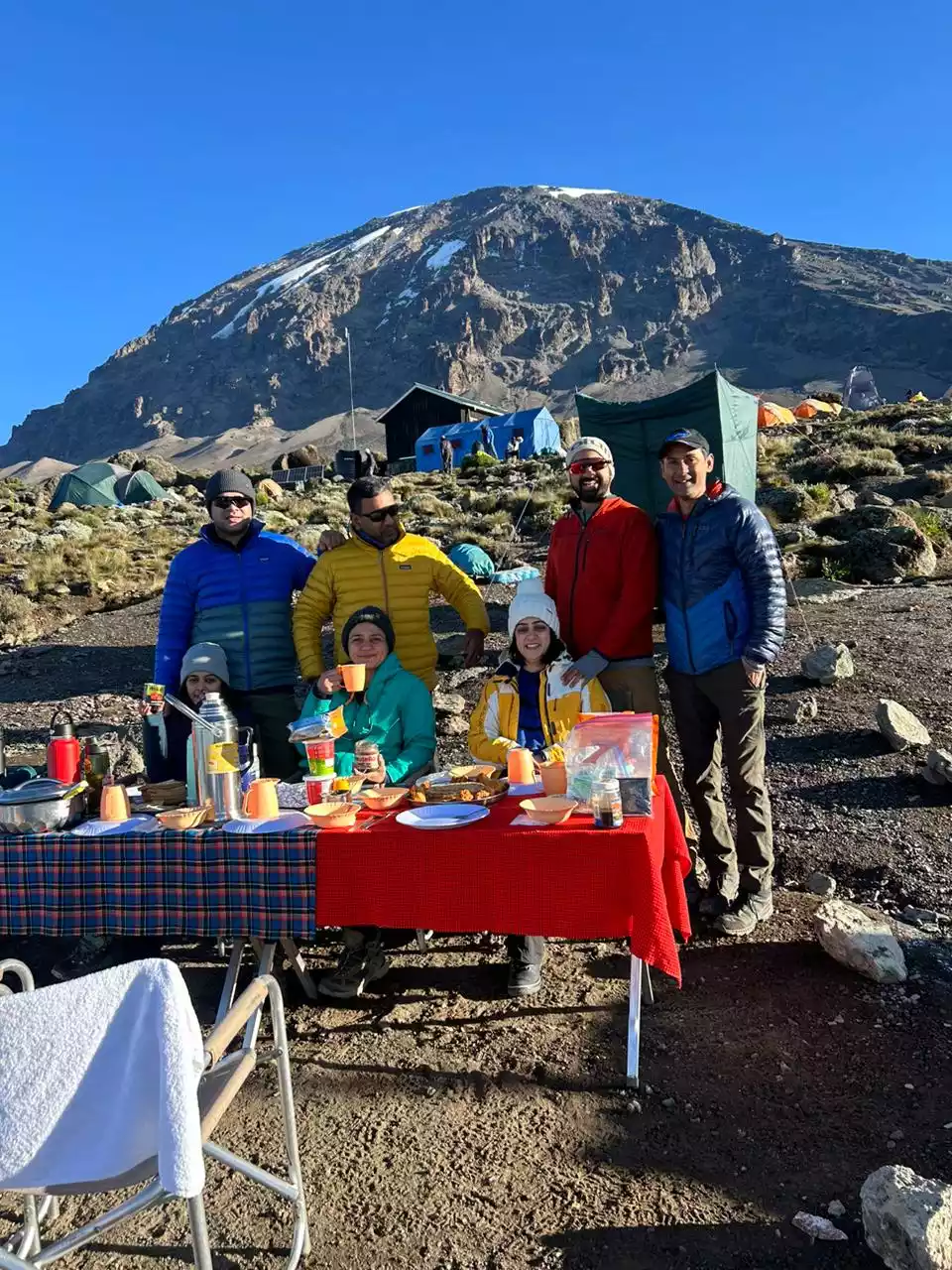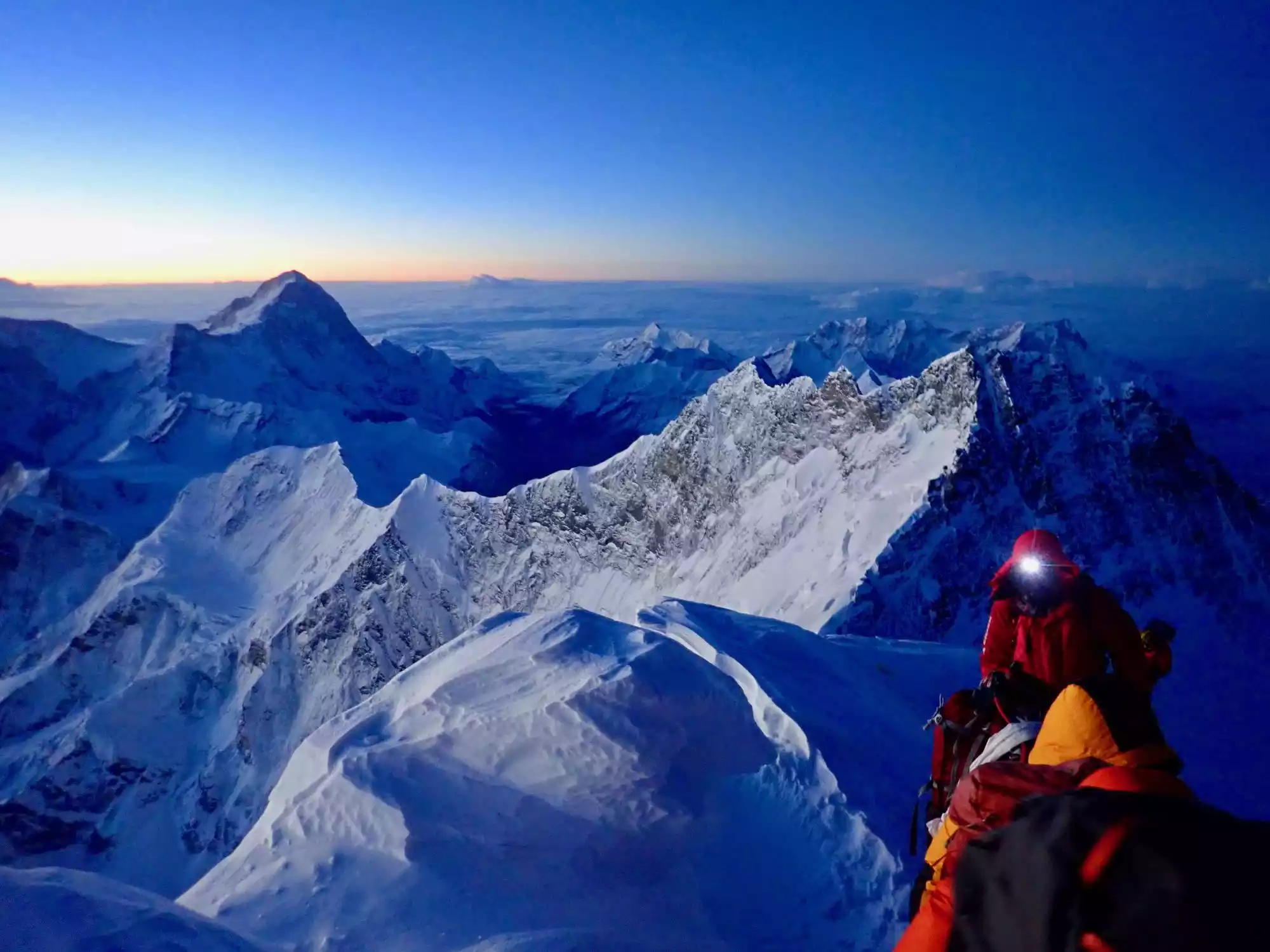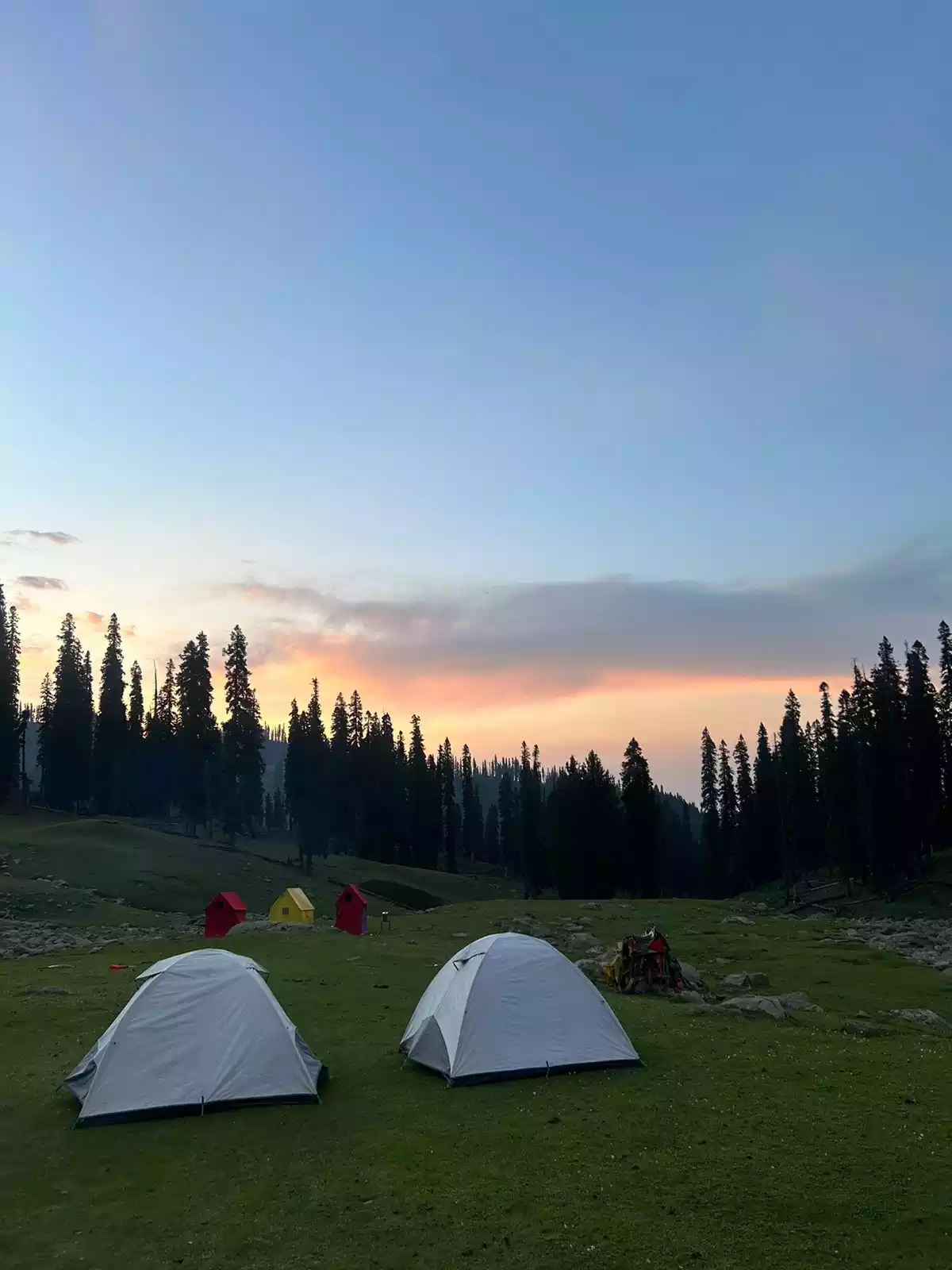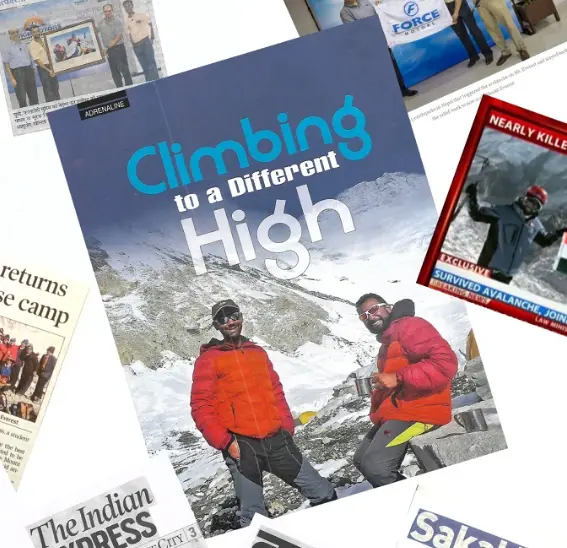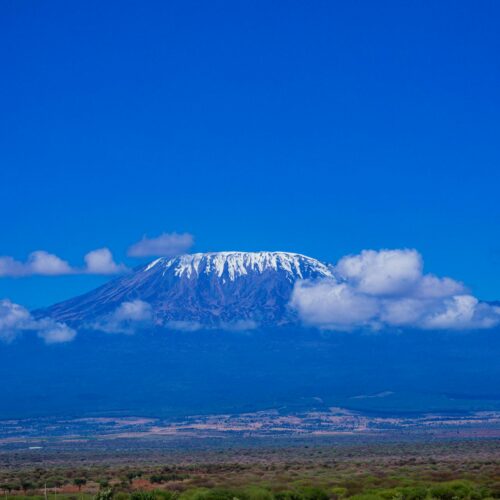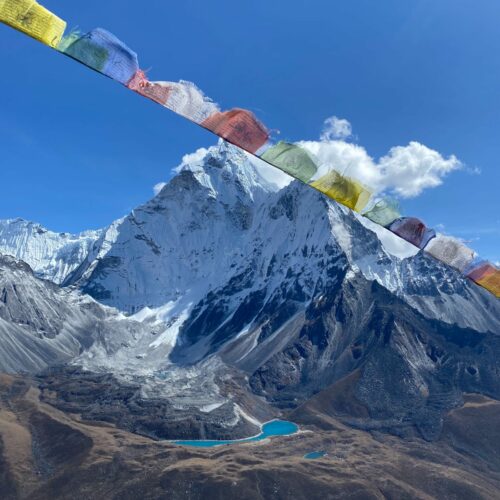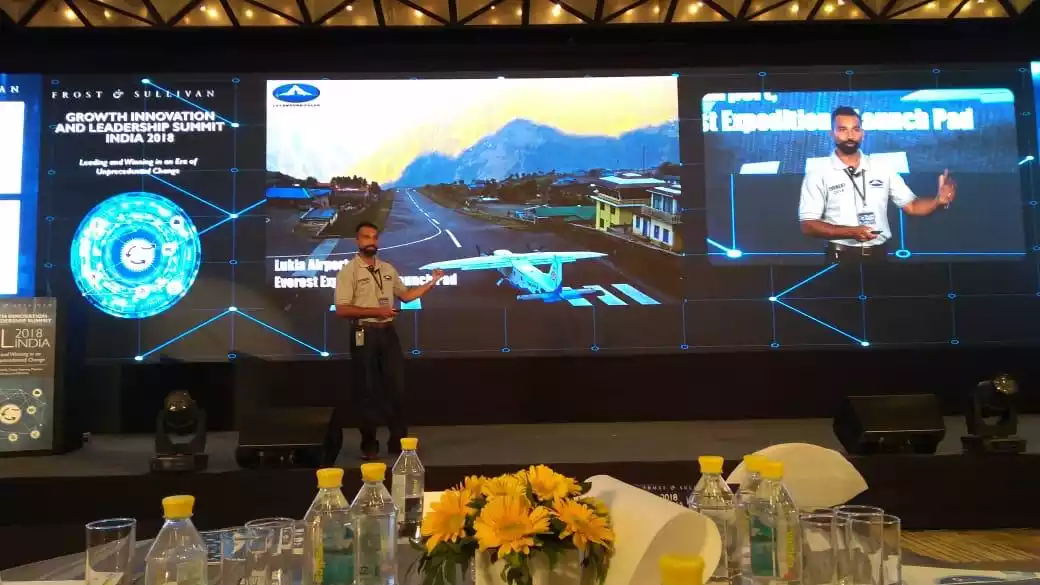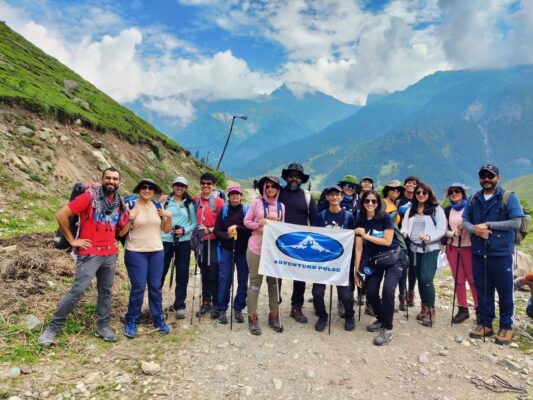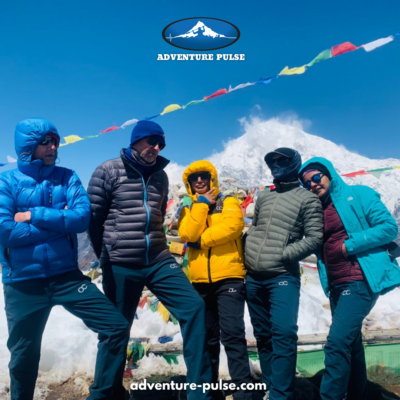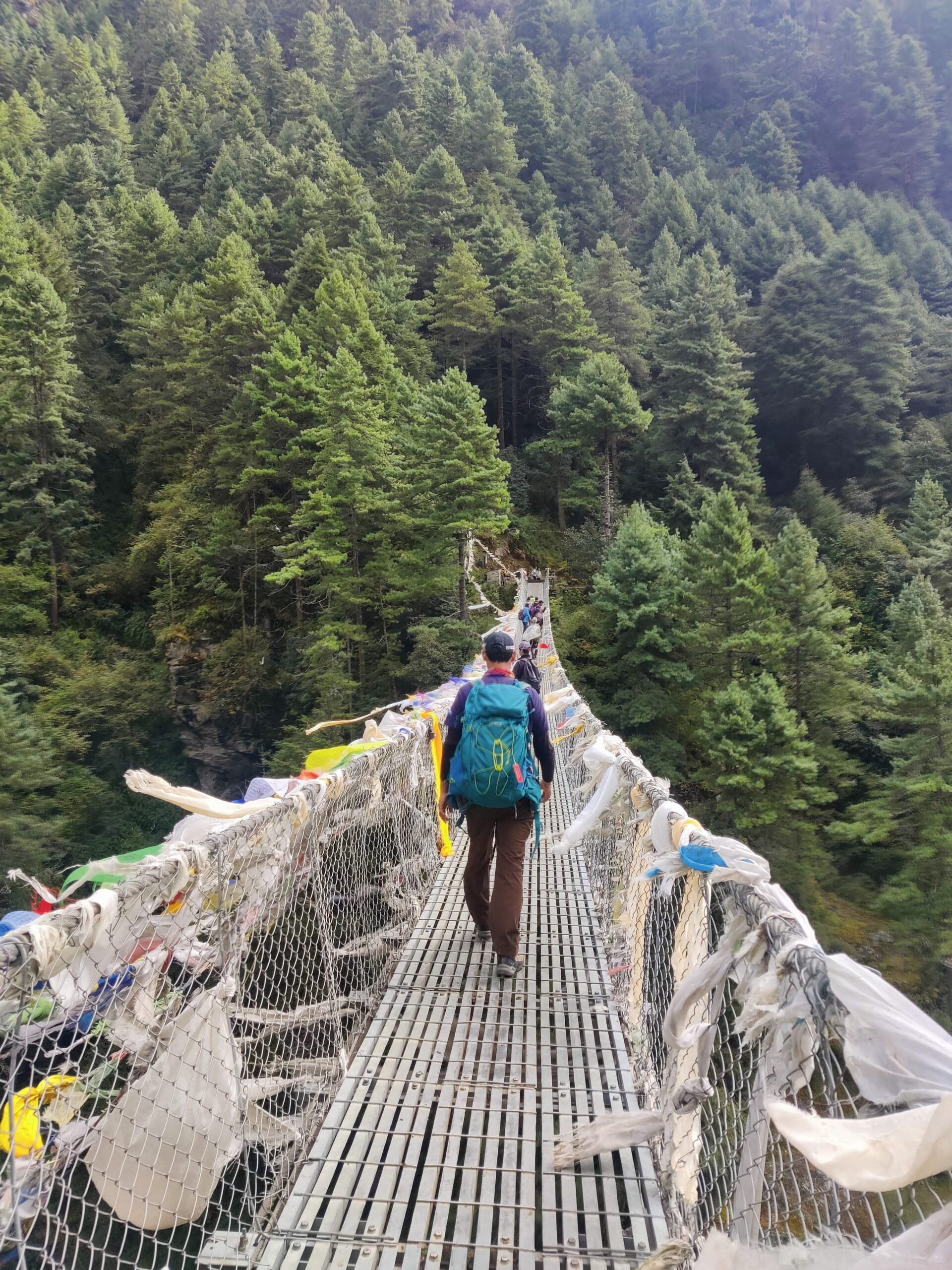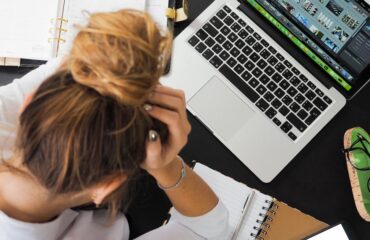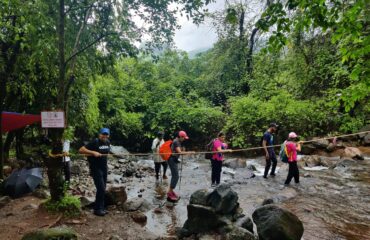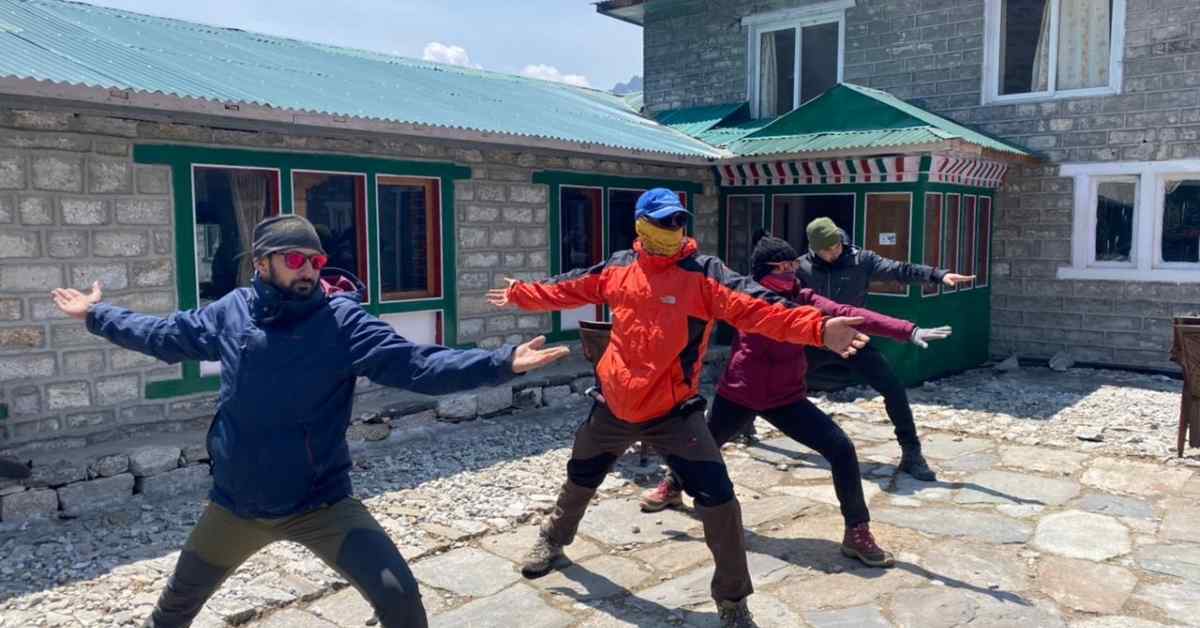
High-Altitude trekking may seem like a daunting challenge at first. The rarified atmosphere, trekking distance and the unknown may make you feel overwhelmed thus putting you off High-Altitude Trekking. I am here to tell you that you can go for a trek, and every one no matter what their background can explore the mountains. The following trekking tips will help you before and during any trek.
High-Altitude trekking usually refers to treks that take place at an altitude of over 2,500 Metres. Treks may vary in altitude, but any trek that crosses 2,500 metres fall under the category of a High-Altitude Trek or HAT. Over the years, we at Adventure-Pulse have taken over 10,000 people from all walks of life to the high mountains. We love taking people to the mountains and the experiences they have when they complete their first trek is one of pure joy (and the occasional exhaustion). Without further ado, here are 10 trekking tips that will help you in any trek.
1. Choose a trek that suits your fitness level
Before you head for any trek, it is important to do your research and find a trek that fits your level of fitness. If you are a beginner and want to head for an easy trek, there is no shame in that. Easy treks give you an opportunity to pace yourself and better appreciate the mountains. Trekking is supposed to be fun, don’t let anyone tell you otherwise. If you are unsure of the right trek for you, drop us a message and we’d be happy to help you.
2. You need to train physically for any trek
Once you decide which trek to go for, it is important to start preparing for it. Exercises you must include in your fitness regime are squats, calf raises and lunges. Additionally, learning how to pace yourself on a walk/run/swim is essential. Adding stair climbing (with or without weights) is also important as it’ll help develop the muscles required to climb uphill. Preparing mentally is as important as physical preparation, and a combination of visualization and research can help with that.
3. Making sure your trekking shoes are broken in
Your trekking shoes are the most important piece of equipment in your arsenal. Ideally, you should purchase the best quality ones that you can afford. You can read more on choosing the right pair of trekking shoes here. Once you purchase a pair, it is imperative that you start breaking them in. ‘Breaking in’ refers to using them so that the leather, rubber and Kevlar open and mould to your foot. This will make them fit better. It also gives you an opportunity to get used to the shoes and their weight.
The best way to break shoes in is to use them during your preparation. Walking in trekking boots in the evening and around the house will ensure that the boot moulds properly. A ‘Broken-in’ shoe will prevent blisters, chaffing and a whole array of foot injuries while you’re on a trek. This is probably the most neglected of all of the trekking tips.
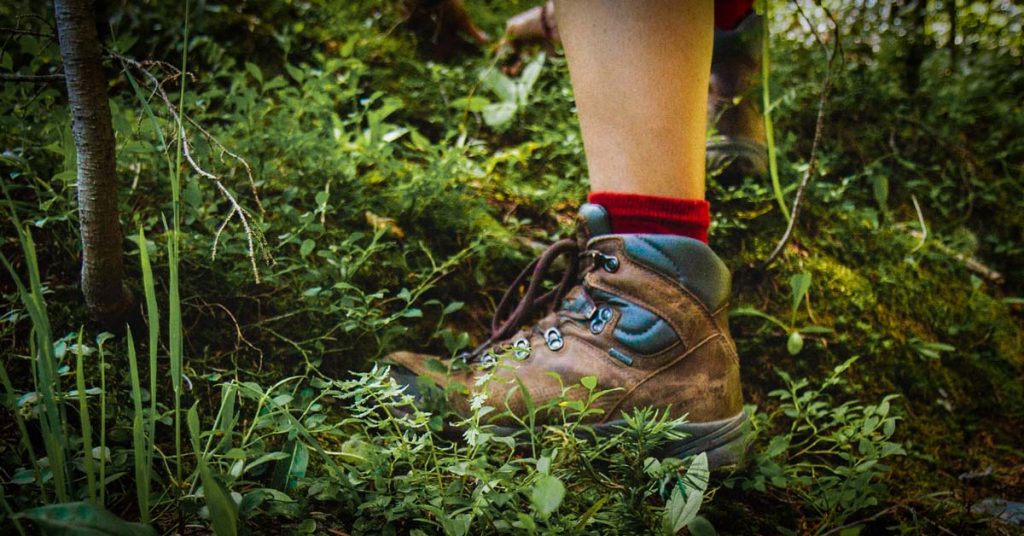
4. When Packing; less is more
If you are trekking with Adventure-Pulse, this point has a less slightly importance as your man bag will be hauled by mules or ponies. Ideally, when packing for a trek you want to keep your bag is as light as possible. Your packing process must have multiple stages, with stuff getting omitted at each subsequent stage. Extra T-shirts, pants, toiletries that you know you won’t use should be left behind. Every Kg of weight will slow you down significantly especially at altitudes above 3500 metres.
Your Day back must only have the items that you are going to use for sure, any redundant items must be left behind at home or placed in your main bag.
5. Fear is part of the game
Having some fear or hesitation before the start of any trek is perfectly normal. Even before the climb up to a mountain pass or a tricky section of crossing, being a little fearful is normal. Even the best of the best have some fear. The best way to overcome the fear is to accept it and taking it slowly. Breaking the challenge into manageable pieces is what we do.
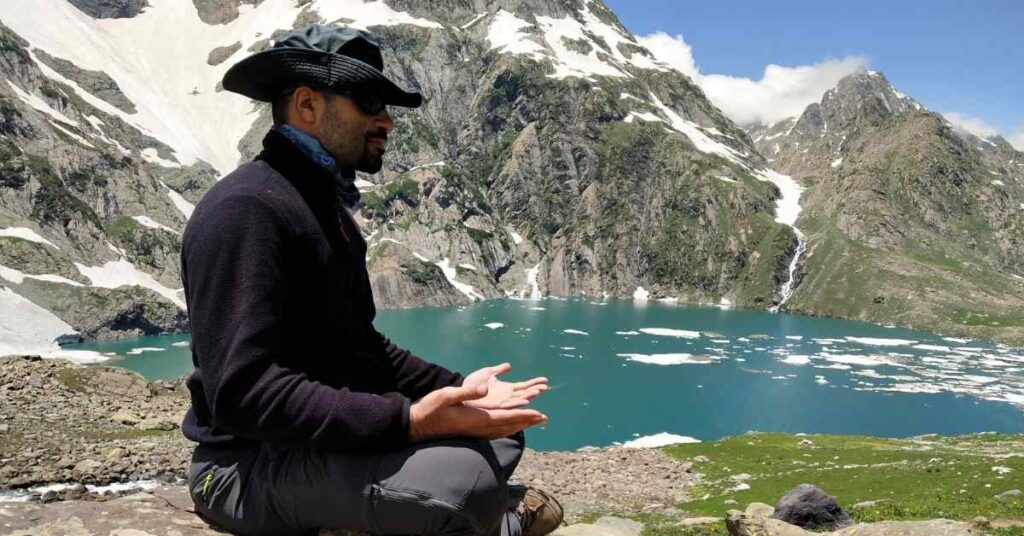
6. Good Quality Equipment is worth the investment
Over the years, trekking on the Everest Base Camp Trek, The Kashmir Great Lakes Trek and countless others, there is one thing we swear by: Good Quality Equipment is worth every rupee. We have tried numerous brands and have found that the best brands perform head and shoulders above the generic ones. If you wish to trek regularly, buying the best equipment that fits your budget is the way to go. Good quality shoes and jackets will ensure that you are comfortable on a trek and can significantly add to a more fulfilling trekking experience. Moreover, good quality equipment when cared for properly, can last for years and sometimes generations.
7. A lot of trekking is will-power
Pushing yourself mentally is the most important aspect of trekking. Often, your mind gets tired much before your body and you can push on for many hours before you actually get tired. The ability to put your thoughts on hold and just take a trek one step at a time is an important skill every trekker must-have. Some days are easier than the others and that is part of the game. Personally, trekking is a form of meditation as I just get into my grove and take every obstacle as it comes.
8. Hydration is key
If you take away one trekking tip from this article, this is the one. Hydration is the most important tip you must follow on any trek. On a trek, you should follow the 1-2-1 principle. 1-Litre of water in the morning, 2 on the trail and the last one in the evening. Hot tea and soups also count as hydration. Being adequately hydrated will save you from muscle cramps, AMS and muscle fatigue. If you can’t remember when you had water last, take a sip.
9. Nutrition is important
Good quality food and nutrition goes a long way even before the start of a trek. In the training phase, having plenty a balanced diet with plenty of carbs, fruits and vegetables help develop the strength you require to push yourself. It also provides your body with the supplements required to heal.
While on a trek, consuming dry fruits, trail mix and toffees will ensure that your body has enough fat and carbohydrates to convert into energy. On a trek, you’ll be burning a whole lot of energy and your body will thank you those cashews and toffees. Remember to carry the plastic with you back home so you keep the environment clean.
10. Listen to your body
You must listen to your body when on the trail. Following your own pace will ensure that you finish the trek. People who compete with others and race burn out the fastest and unable to recover. Always remember that your body knows what it wants best. In each region, the local guides have their own way to encourage you to slow down. If you are trekking through Nepal you’ll hear “Bisthari-Bisthari”; interestingly in Kilimanjaro, “Pole-pole”, Sherpa Language “Kole-Kole” and in Punjabi “Hole-Hole”. All of them directly translate to slowly-slowly.
I hope you enjoyed these trekking tips. If we missed trekking tips, please feel free to drop a comment below. Planning your first trek, drop us an email at [email protected]

